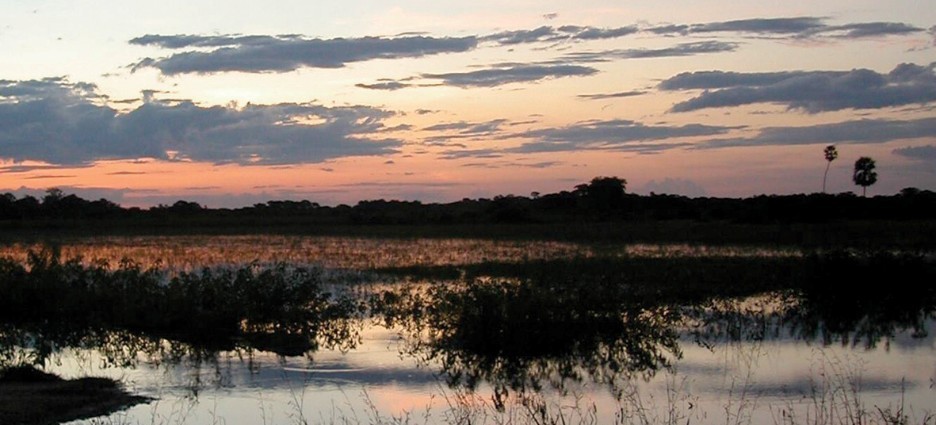For many people planning a visit to Brazil, the Amazon is the first choice for a trip to experience the country’s many natural wonders. Yet while the Amazon certainly has most of Brazil’s wildlife, its thick jungle doesn’t exactly make it easy for curious visitor to spot the animals they’ve come to see, with many animals disappearing into the trees as soon as they are aware of anyone approaching.
The Pantanal on the other hand is a giant flat basin of marshland (it’s around the size of Portugal) where animals are far easier to spot, and where they seem unperturbed by a human presence. Yet the Pantanal, lying close to the Bolivian border and reached by flying into the World Cup host city of Cuiabá, receives a fraction of the Amazon’s visitors. So what are the main highlights of a visit to the Pantanal? Here are just a few reasons why it makes sense to include this fascinating area in your Brazil itinerary.
1. Jaguars
The Pantanal is considered to the be the best place in the world to view jaguars and the reason many come to the park is to take their chance at seeing these majestic cats in their natural habitat. That said, you still need a fair amount of luck to get a sighting of a nocturnal animal that’s not known for its willingness to parade in front of spying humans.
2. Ocelot
These cats have similar markings to a leopard but are typically not much bigger than a domestic cat (hence the common reference to ‘dwarf leopards’). Like jaguars the solitary and nocturnal activity of ocelots isn’t designed with tourists in minds, but you have a reasonable chance of spotting one if you’re out on a night drive.
3. Tapirs
These delightfully ugly creatures resemble a pig with an elongated snout, but are curiously related more to horses than pigs. Tapirs are more commonly found in the highlands of the Pantanal, foraging for berries and leaves.
4. Flora
During the rainy season when high water levels mean that the animals tend to retreat into the bush and away from view, the region is arguably at its most beautiful. For those coming to admire the flowers and plants of the Pantanal the European winter offers the chance to see the parkland at its most colourful.
5. Horses
This is Brazil’s cowboy country and the Pantanal horse, a descendant of the Andalucian horse, plays a major part in the lives of the residents of the park and its surrounding areas. A horse-riding adevnture allows you to experience the Pantanal at a slower pace and provides good opportunities for close-up animal encounters. As a visitor in the wet season, you may even find that horses are the main way of getting around the flooded sections of the Pantanal.





